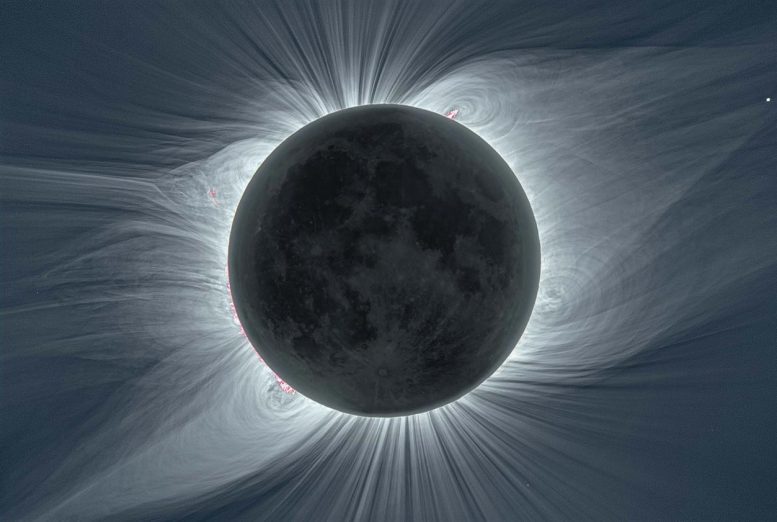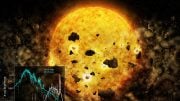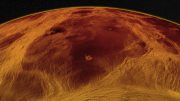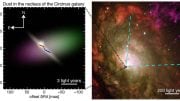
The solar corona viewed in white light during a total solar eclipse. A new paper presents a model that is able to explain previously puzzling aspects of the coronal wind. Credit: American Astronomical Society (AAS)
A newly published study uses a new model to demonstrate ion-cyclotron resonant heating in solar wind; representing a major advance in the understanding of how solar wind works.
The Sun glows with a surface temperature of about 5,500 degrees Celsius (9,900 degrees Fahrenheit). Meanwhile, its hot outer layer (the corona) has a temperature of over a million degrees, and ejects a wind of charged particles at a rate equivalent to about one-millionth of the moon’s mass each year. Some of these wind particles bombard the Earth, producing radio static, auroral glows, and (in extreme cases) disrupted global communications.
There are two important, longstanding, and related questions about the corona that astronomers are working to answer: how is it heated to temperatures that are so much hotter than the surface? And how does the corona produce the wind? A related puzzle of the solar wind is why certain of its ions are hotter than others; one might naively expect uniform heating of the gas, but the temperature of helium ions, for example, is on average five times higher than that of the much lighter mass hydrogen ions.
The answers to these questions appear to involve turbulence and magnetic fields in the Sun’s atmosphere. Writing in the latest issue of Physical Review Letters, CfA astronomers Justin Kasper and Michael Stevens, with their collaborators, present a new model that demonstrates how waves in the hot ionized gas, called “cyclotron waves,” will heat the gas, and do so preferentially for heavier ions. These waves correspond to oscillations in the circular motion of ions as they twist around the magnetic fields present. The new model explains how energy from these waves is transferred to the particles, thereby heating them. The astronomers were able to use their new model to explain successfully the measured ion temperatures over 17 years of data accumulated from the Wind spacecraft. The new results represent a major advance in our understanding of how the solar wind works.
Reference: “Sensitive Test for Ion-Cyclotron Resonant Heating in the Solar Wind” by Justin C. Kasper, Bennett A. Maruca, Michael L. Stevens and Arnaud Zaslavsky, 28 February 2013, Physical Review Letters.
DOI:10.1103/PhysRevLett.110.091102









Ions twisting in the magnetic field creates the waves that heat the gas, preferentially heavy ones.
And the ions in the magnetic field are twisting why?
From 1999: this may be why?
For plasmas immersed in strong magnetic fields, electric currents tend to flow along the magnetic field lines, which act like wires guiding the current. The field-aligned current creates its own magnetic field, and, when added to the original magnetic field, results in a twisted or helical magnetic field.
If two such helical magnetic fields happen to be beside each other, like two barber poles lying side by side, there is a sudden change in magnetic field angle at the interface, just like the sudden change in stripe direction in going from one barber pole to its neighbor.
Sounds like that dude in Connecticut. Whose wife has been beaten him lately. He’s got a 235 IQ…